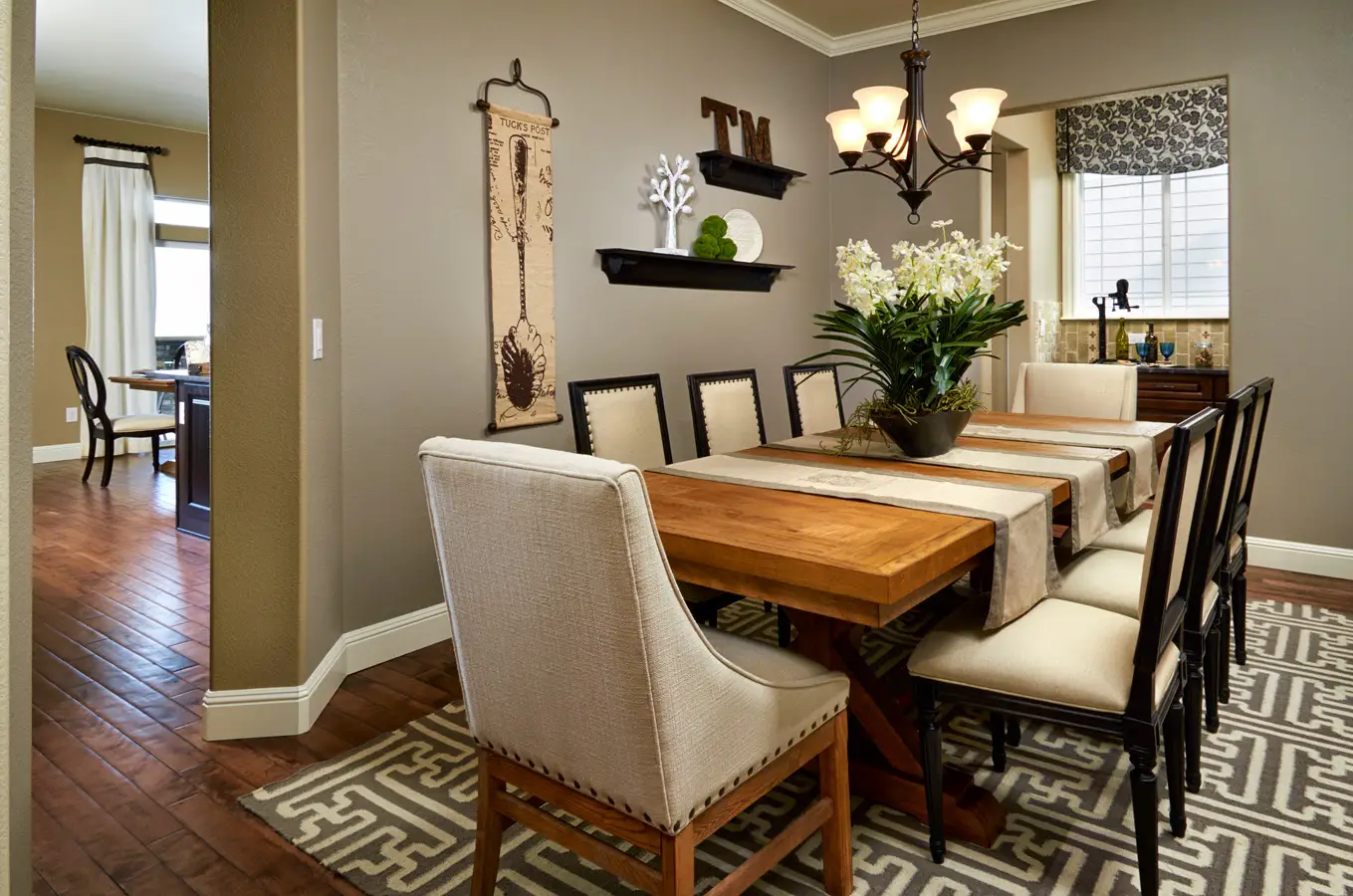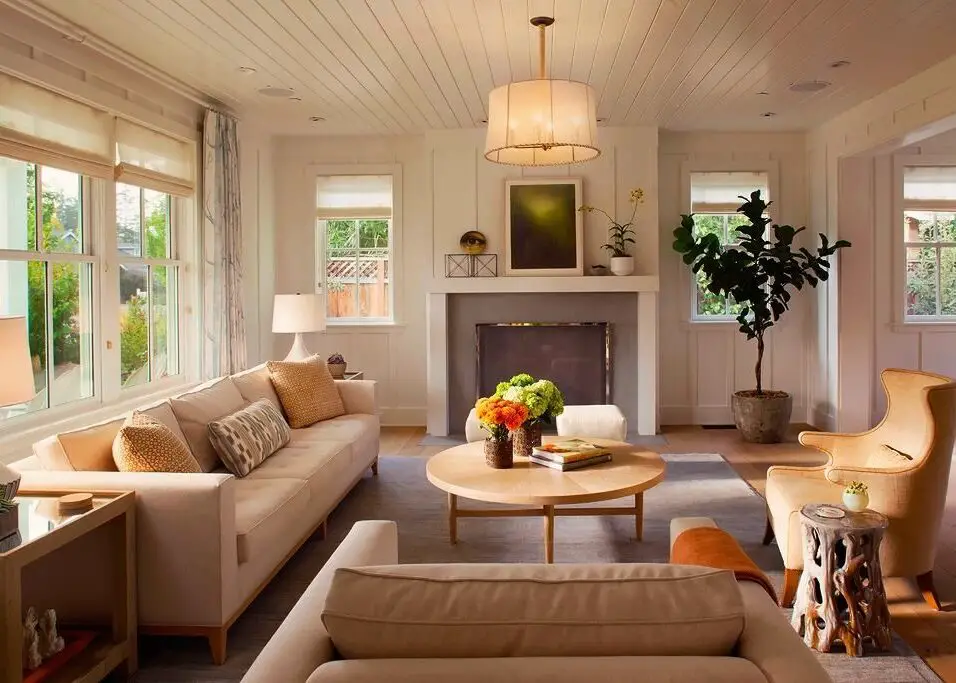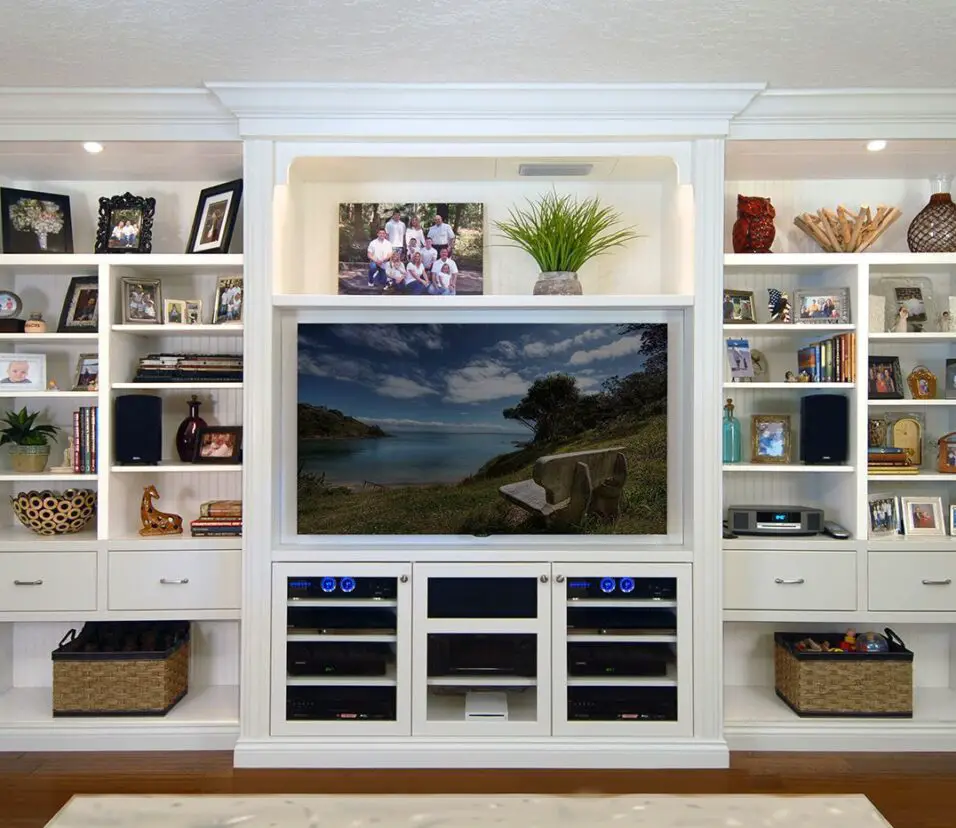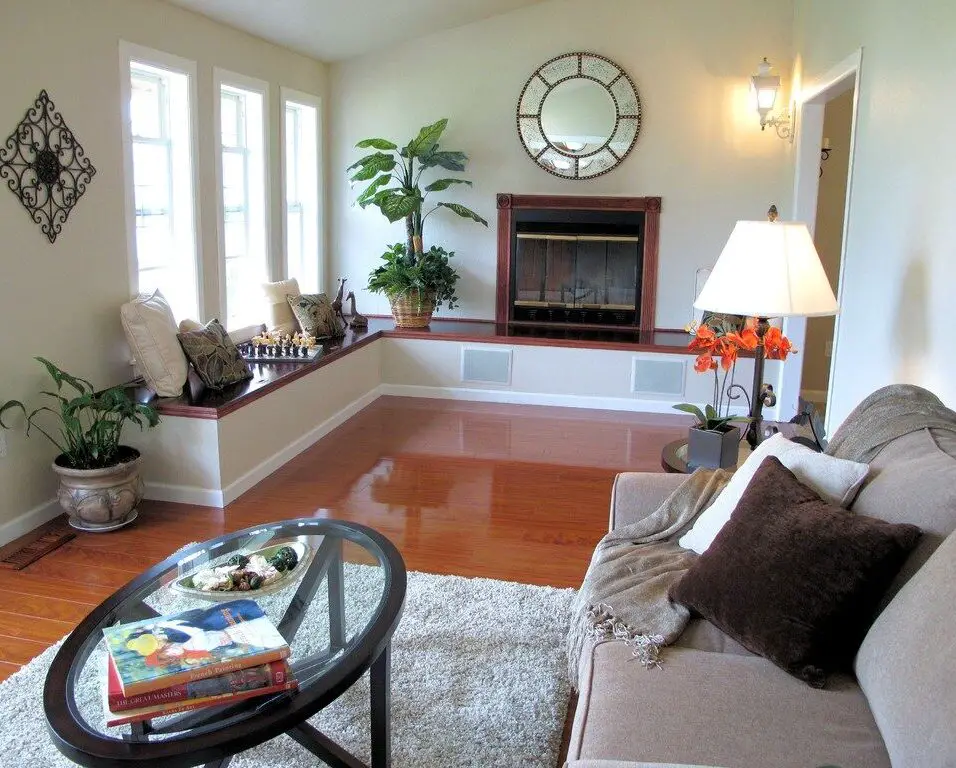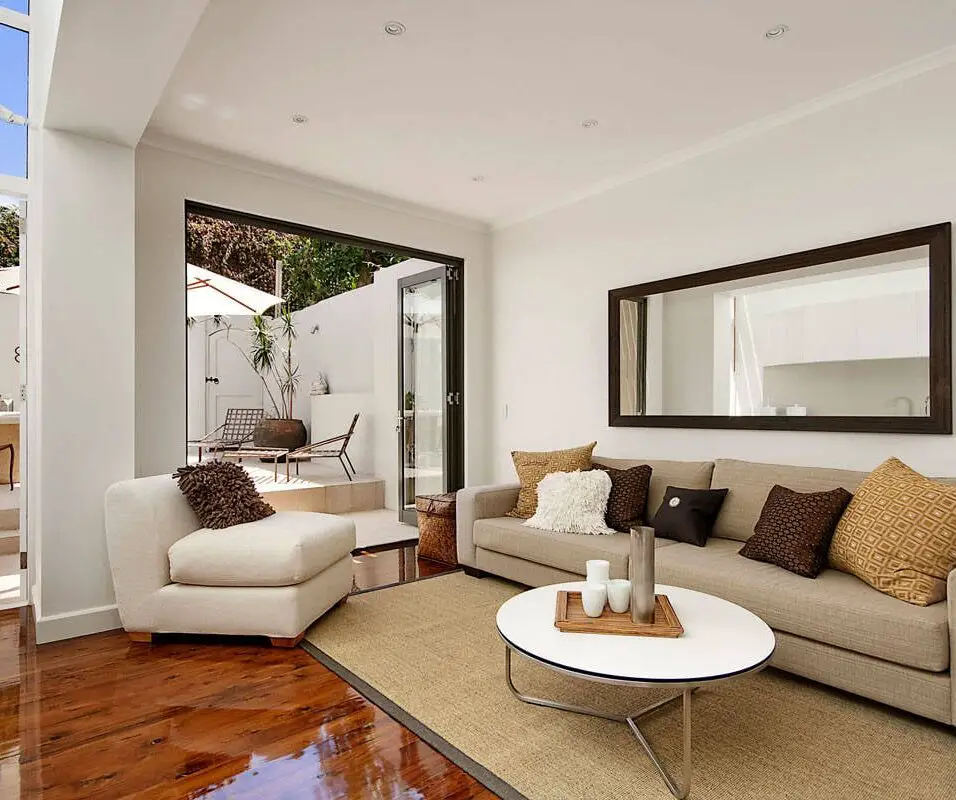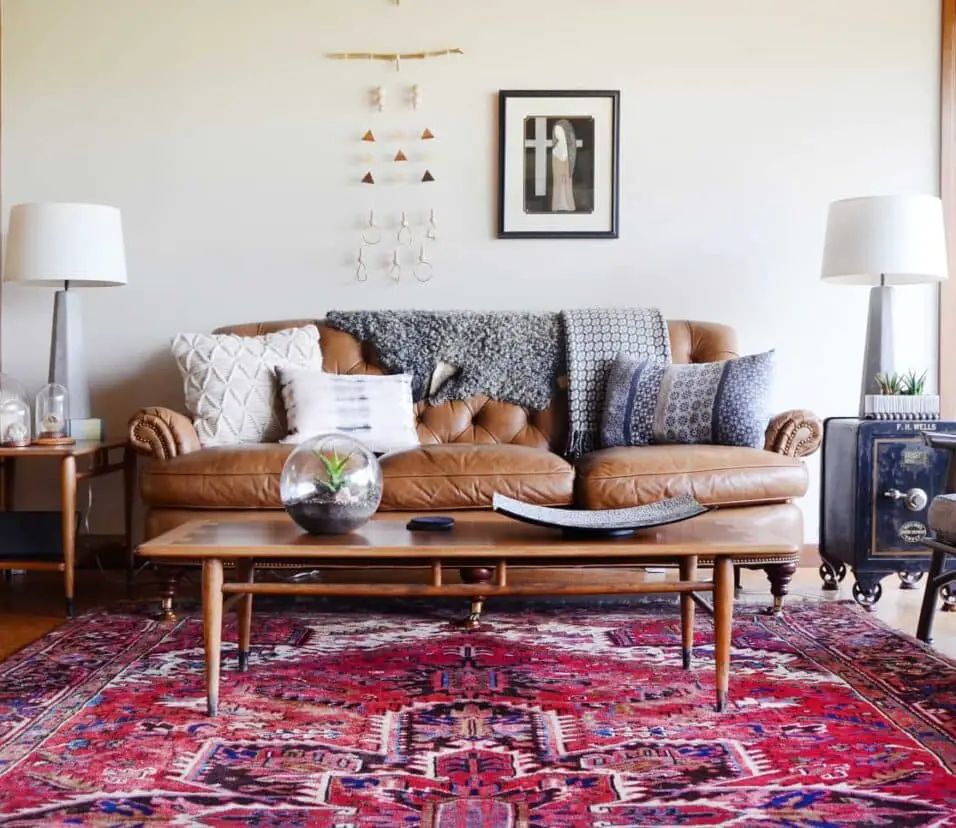How To Arrange Furniture In Living Room Dining Room Combo
Introduction
How To Arrange Furniture In Living Room Dining Room Combo: Before diving into furniture placement, take some time to visualize the overall theme and style you want to achieve. Whether you prefer a modern, minimalist approach or a cozy, eclectic ambiance, having a clear vision will guide your decisions throughout the process. Next, consider the layout of your room and the existing architectural elements. Look for focal points, such as fireplaces or large windows, and aim to arrange your furniture to highlight these features. In an open-concept living room dining room combo, using area rugs and furniture placement can create “zones” for each space, providing a sense of definition and purpose.
When selecting furniture pieces, opt for those that serve multiple functions and can easily transition between the living and dining areas. Think about practicality and flexibility – collapsible tables, extendable dining sets, and storage solutions can be incredibly beneficial in maximizing space and maintaining a clutter-free environment. Maintaining a sense of harmony and proportion is crucial when arranging furniture. Avoid overcrowding the space or blocking natural pathways with bulky furniture pieces. Instead, aim for a balanced distribution of furniture, leaving enough living room for movement and ensuring that the flow between the two areas remains seamless.
Incorporate clever storage solutions, such as built-in shelves or wall-mounted cabinets, to keep your belongings organized and out of sight. This will help maintain a neat and welcoming atmosphere in both the living and dining areas. Lastly, don’t forget to infuse your personality into the space through thoughtful decoration and styling. Play with colors, textures, and decorative elements that resonate with your taste, creating a cohesive look that ties the entire living room dining room combo together.
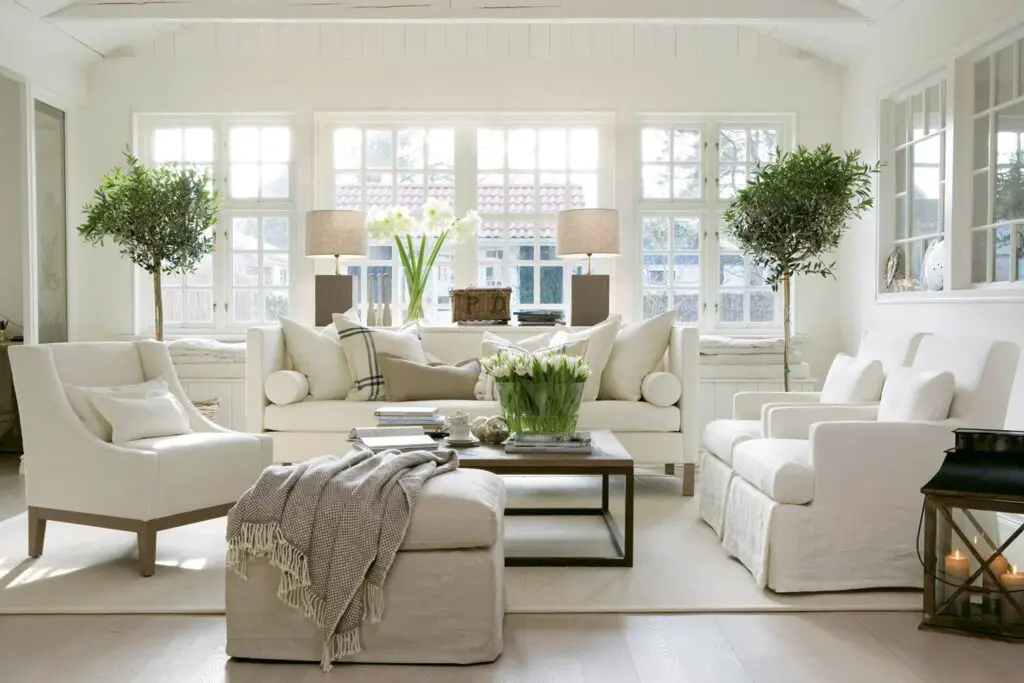
How do you combine a living room and dining room?
5 Tips for Decorating a Combined Living & Dining Room
- 1 Create Separate Spaces.
- 2 Divide the Room with a Large Piece of Furniture.
- 3 Use a Rug to Separate Each Space.
- 4 Create a Walkway between Your Two Areas.
- 5 Use Large Pieces of Art to Anchor Each Space.
Before you start putting the spots together, you should decide how you will use each one. Think about how often you have people over, what you do every day, and any special needs you have. Once you know what you want to do, draw out different layouts, taking into account where windows, doors, and any other building features are.
To keep the living room and dining room feeling separate, you might want to divide the joint space into zones. Use area rugs, different lighting, or even a different type of flooring to make the two spaces look different. This can give each area a sense of direction and purpose while keeping the room as a whole feeling open.
Choose furniture that fits with the style and theme you want to go for. Choose pieces that are the right size for the room and can be moved around. For example, sectional chairs can separate the living room from the rest of the house, and dining tables that can be extended can accommodate a wide range of guests. Also, think about getting furniture with built-in storage to keep the room clean and tidy.
When your living room and dining room are open to each other, it’s important to make the most of storage to keep the space clean and useful. Use wall-mounted shelves, built-in cabinets, or multifunctional furniture with secret storage to hide things like dinnerware, board games, or extra linens.
Keep the same color scheme and theme throughout the whole area. By using colors and design elements that go well together, the two places will flow together. But you can also add unique touches to each zone to make them look different while still keeping the whole thing looking good.
How to set out furniture in a living room?
Living Room Furniture Arrangement for Conversation
Place chairs no more than 8 feet apart so people can talk face-to-face. Use furniture to make comfy islands in a large living room. Place two sofas facing each other in the middle of a room. At one end, put a group of chairs and side tables to make a different place to talk.
Start by measuring the size of your living room and making a note of any windows, doors, or main points like a fireplace. Make a floor plan on paper or with design tools to see how different furniture arrangements will look and figure out the best way to set up your room.
Find the room’s main point, which could be a TV, a fireplace, or a big window with a nice view. Set up your furniture so that it faces the room’s focal point. This will make the focal point the room’s anchor and automatically draw people’s eyes to it.
Depending on how you want to use the space, divide the living room into useful zones. There are places to sit, places to play, and places to read in the common areas. Place the furniture in a way that makes each zone clear while keeping the plan open and easy to move through.
Often, the sofa is the main thing in the living room. Choose a couch that fits the size of your room and goes with the style of the rest of the room. Place it in a way that makes it easy to talk to other people and gives everyone a clear view of the main point.
When adding more seats, think about how people will move through the room. Set up the chairs and loveseats so that people can talk comfortably while still having enough room to move around. Don’t block entrances or make it hard to get to other parts of the room.
How to separate dining room and living room open floor plan?
Instead, you can use patterns, colors, and furniture to create visual divisions between each area.
- Create Different Zones by Arranging Furniture. Our first tip might be the most straightforward and obvious.
- Use Area Rugs to Separate Spaces.
- Separate Rooms with Curtains.
- Divide Areas with Shelving or Closed Storage.
One of the simplest and most effective ways to define separate spaces in an open floor plan is by using area rugs. Choose different rugs for the dining and living areas, making sure they complement each other in style and color. The rugs act as visual cues, indicating the boundaries of each space.
Strategic furniture placement can help create distinct zones. Position the dining table and chairs in a way that clearly defines the dining area. Similarly, arrange sofas, coffee tables, and other living room furniture to create a separate and inviting living space.
Incorporate personal touches through decorative elements such as throw pillows, artwork, and plants. These items add character and warmth to the living room while reflecting your style and personality.
Utilize a mix of lighting sources, including overhead fixtures, floor lamps, table lamps, and wall sconces. This layered lighting approach creates a cozy ambiance and allows you to adjust the lighting according to different needs and moods.
Strive for balance and symmetry when arranging furniture, as it creates a visually pleasing and harmonious living room. Symmetrical layouts can work well for formal spaces, while asymmetrical arrangements lend a more relaxed and eclectic feel.
How do I make a perfect living room?
How to Create the Perfect Living Room
- Choose a suitable style and layout.
- Have a focal point.
- Pick a complementary colour scheme.
- Select appropriate seating.
- Create the right mood with lighting.
- Invest in high quality technology.
- Decorate with some accessories.
- Related Articles.
Select furniture pieces that fit the scale of your living room and provide both comfort and functionality. Invest in a comfortable sofa or sectional as the centerpiece and complement it with armchairs, coffee tables, and side tables. Opt for quality pieces that will stand the test of time.
Identify a focal point in your living room, such as a fireplace, a large window with a view, or a captivating piece of artwork. Arrange your furniture around this focal point to anchor the room and draw attention to it.
Strive for balance and symmetry in your living room design, as it creates a visually pleasing and harmonious atmosphere. Arrange furniture and decor in a way that feels balanced and cohesive.
Ensure that there is enough space for easy movement around the living room. Avoid blocking pathways and create a natural flow that allows guests to navigate the space comfortably.
Select a color palette that resonates with your style and creates the desired ambiance. Neutrals and soft tones can create a calming atmosphere, while bold colors add vibrancy and personality. Use accent colors to add pops of interest.
Where should a sofa be placed in a living room?
The most important thing to remember is that sofas should be placed at least 18 inches away from walls to allow for easy walking space. Create a balance by placing your sofa across from another focal point in the room, such as a fireplace or a window. This will create a cozy spot for conversation.
One of the most common and effective sofa placements is facing the room’s focal point. This focal point could be a fireplace, a large window with a scenic view, a TV, or a piece of artwork. By positioning the sofa to face the focal point, you create a natural gathering area that draws attention and becomes the heart of the room.
Consider the flow of traffic in your living room. Avoid placing the sofa in pathways that lead to other areas, such as entrances or doorways. The sofa should be easily accessible without obstructing movement in the room.
For a harmonious look, place the sofa in a way that creates symmetry and balance. Center the sofa along a wall or between two windows, and flank it with matching or complementary furniture pieces like armchairs or end tables.
The size and shape of your living room play a significant role in determining sofa placement. In smaller rooms, it’s best to position the sofa against a wall to maximize floor space. In larger rooms, you can experiment with floating the sofa away from the walls to create a more intimate seating area.
If your living room serves as a space for socializing and conversations, consider creating a conversation area with the sofa and additional seating. Position the sofa in a U-shape or L-shape arrangement to encourage face-to-face interactions among guests.
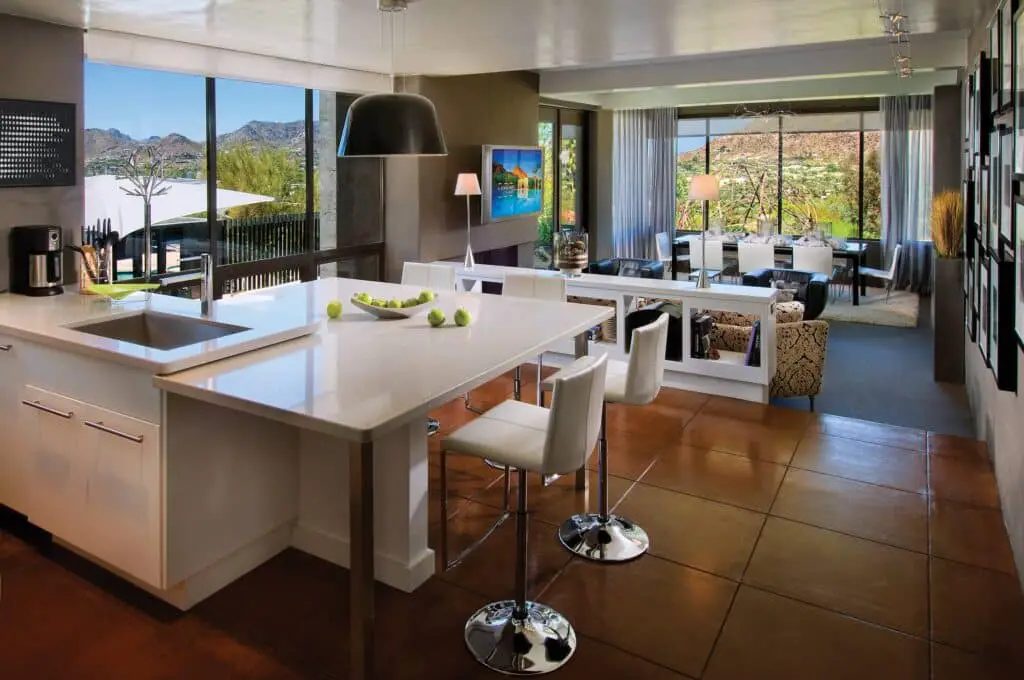
How do I make my living room open concept?
Designer-Approved Tips That Make Decorating an Open Floor Plan a Little Less Daunting
- Add an Area Rug and Repeat Fabrics.
- Choose a Consistent Color Palette.
- Pay Close Attention to Scale.
- Connect Seating Areas With a Daybed.
- Let the Furniture Float.
- Divide Your Space Into “Rooms”
- Add Architectural Interest Where You Can.
Evaluate your current layout and determine which walls or partitions can be removed to open up the living room. Consider the load-bearing walls, electrical wiring, and plumbing before making any structural changes. Consult with a professional if needed.
If it’s feasible, remove non-load-bearing walls between the living room and adjacent spaces, such as the dining room or kitchen. This creates a seamless connection between areas, making the living room feel more open and expansive.
If removing walls entirely is not possible or desired, consider installing half walls or partitions. These can provide a sense of separation between areas while still allowing light and visibility to pass through, maintaining an open feel.
Select a cohesive design theme that unifies the entire open-concept space. Consistent color schemes, flooring materials, and decor elements will create visual harmony and make the areas feel connected.
Using the same flooring material throughout the open-concept space helps create a seamless transition between areas. This continuous flow enhances the feeling of openness and cohesiveness.
Even in an open-concept living room, it’s essential to create distinct zones for different functions. Use area rugs, furniture placement, or lighting to define specific areas, such as a seating zone, dining area, and entertainment space.
How to create a luxurious living room?
- Make a statement with an oversized light pendant.
- Bring some drama with high-style printed wallpaper.
- Channel minimalism with a luxe touch.
- Add luxury through creativity and personalization.
- Hang oversized art for an impressive display.
- Make the most of architectural features.
- Include a well-placed area rug.
Invest in high-quality flooring, such as marble, hardwood, or luxurious carpets, to create a lavish base for your living room. The flooring sets the tone for the entire space and adds a touch of elegance.
Choose a sophisticated color palette that includes rich and muted tones like deep blues, velvety purples, warm neutrals, and metallic accents. These colors create a luxurious ambiance and can be incorporated through paint, wallpaper, and furnishings.
Opt for luxurious fabrics such as velvet, silk, or satin for your upholstery, curtains, and throw pillows. These materials add a soft and tactile element to the room, elevating the overall feel of luxury.
Select furniture pieces with refined designs and high-quality craftsmanship. Look for pieces with intricate detailing, fine finishes, and classic lines. Tufted sofas, ornate armchairs, and polished wood tables are great choices for a luxurious living room.
Incorporate striking and opulent lighting fixtures as focal points in your living room. Chandeliers, crystal pendants, or sculptural floor lamps can add a touch of glamour and drama to the space.
How many sofa should be in living room?
On average, you can seat three people on one sofa, so if you are a couple with one child, then this may be the piece you need to build your living room around. If you have a larger family, then two smaller sofas could be just what you need.
The size of your living room is a critical factor in determining the number of sofas. In smaller living rooms, one sofa might be sufficient to avoid overcrowding and maintain a sense of spaciousness. On the other hand, larger living rooms may accommodate multiple sofas, creating distinct seating areas and facilitating better conversation flow.
Consider the layout and shape of your living room. Irregularly shaped rooms or those with architectural features (e.g., a fireplace or large windows) may limit the placement of multiple sofas. Evaluate how the sofas will fit in the available space without obstructing traffic flow or creating awkward dead spaces.
Think about how you intend to use your living room. If it’s primarily a space for family gatherings and entertainment, you may prefer multiple seating options to accommodate everyone comfortably. On the other hand, if you need more floor space for activities or occasional rearrangements, a single sofa might be more practical.
Consider the other furniture in your living room, such as armchairs, coffee tables, and entertainment units. Ensure that the number of sofas complements the overall furniture arrangement and doesn’t overwhelm the space.
The design style of your living room can also influence the number of sofas. In more formal or traditional settings, two matching sofas can create a symmetrical and balanced look. In modern or eclectic spaces, mixing and matching different sofa styles can add visual interest and personality.
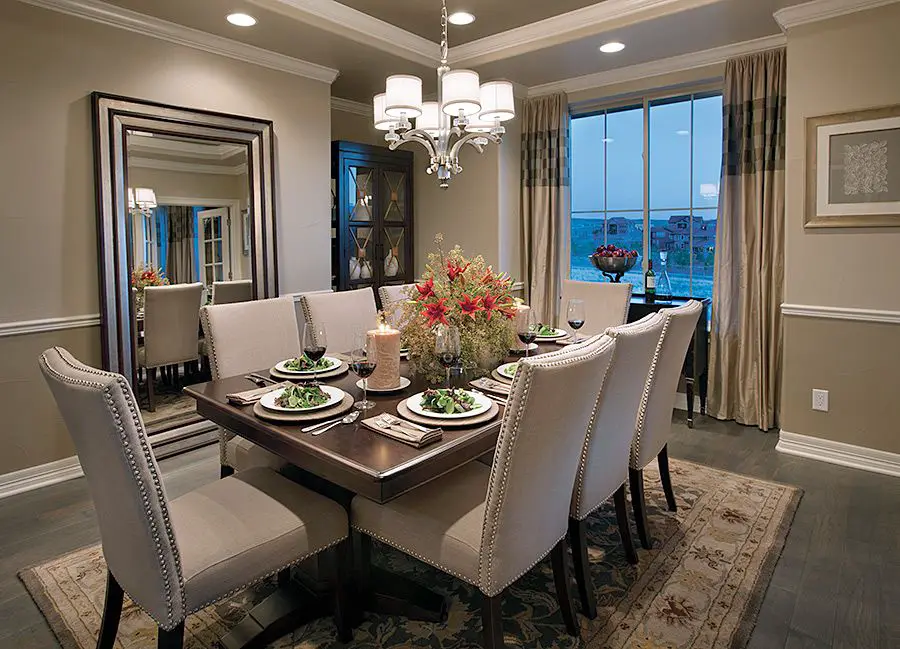
Conclusion
Arranging furniture in a living room dining room combo can be a delightful endeavor that transforms your space into a harmonious and multifunctional haven. By following some essential principles, you can achieve a well-balanced and visually appealing layout that maximizes both style and functionality. Throughout this process, it’s crucial to keep your unique needs and preferences in mind. Strive for a cohesive theme and style that complements your personality and creates a comfortable atmosphere for daily living and entertaining.
Remember the significance of creating distinct zones within the combined space to delineate the living room combo and dining areas. Utilize area rugs, furniture placement, and decorative elements to emphasize focal points and define each space’s purpose. Practicality and flexibility are key when selecting furniture for this versatile setting. Opt for pieces that serve multiple functions and provide ample storage to keep your space organized and clutter-free.
By maintaining a sense of harmony and proportion, you can avoid overcrowding and ensure a seamless flow between the living and dining areas. Embrace clever storage solutions to maintain a neat and inviting ambiance. Finally, let your creativity shine through in your choice of colors, textures, and decorations, allowing your living room dining room combo to reflect your personal style and preferences.



